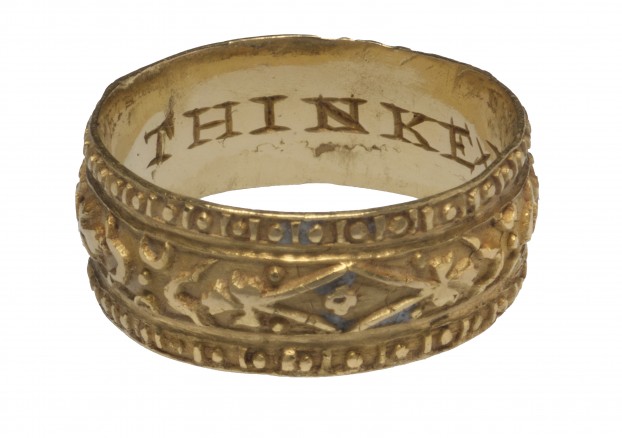(a) Learning performance

I received twelve bumble-bee (Bombus terrestris dalmatinus) colonies, for every single which includes 31forty workers, away from Koppert Physiological Systems (Berkel en Rodenrijs, Holland). The workers were exclusively designated for the thorax having designated, coloured tags (Opalith tags; Religious Graze Kilogram, Germany). It enjoy individuals to end up being correctly known in research reading tests and you will profession foraging trials.
The latest bees had been pre-trained to forage out of 20 bicoloured, bluish and you will reddish, fake plant life during the a laboratory trip arena. The rectangular, bicoloured vegetation was basically constructed from a few halves (for every a dozen?24 mm): one yellow (Perspex Purple 260) and the other blue (Perspex Blue 727). During pre-knowledge, all bicoloured herbs have been compensated with 50% (w/w) sucrose solution getting previously along with-unsuspecting bees having the same chance to user both tones that have reward (Raine mais aussi al. 2006b). Bees completing at the least five successive foraging bouts on bicoloured herbs were selected getting knowledge. Such foragers had been instructed yourself, from inside the an airline arena which includes ten bluish (Perspex Blue 727) and you will 10 purple (Perspex Yellow 260) fake herbs (per 24?24 mm). Purple vegetation was indeed fulfilling (for each and every contains 15 ?l away from 50% (w/w) sucrose provider), whenever you are bluish plant life was blank (unrewarding). Bees had been considered going for a flower when they both contacted (inspected) otherwise arrived on it. Landing to the a flower failed to necessarily result in a serving (probing) event. For this reason, ahead of probing a rewarding (yellow) rose, bees you’ll favor both purple/satisfying otherwise blue/unrewarding plant life from the addressing or landing to them (instead probing). Opting for a reddish (rewarding) flower was considered correct’, while you are opting for a blue (unrewarding) flower try deemed are an enthusiastic error’. We filed the choice series created by per bee regarding the date it first entered the new airline arena. Recording the fresh flower alternatives for per bee ceased shortly after it had generated 99 rose choices after the first time it probed good fulfilling (yellow) flower (Raine ainsi que al. 2006b). Hence, for every single bee produced at the very least 100 flower alternatives, including the first time it probed a worthwhile flower, as well as people choice created before so it basic probing experience.
Plant life was in fact altered as well as their ranks re-randomized anywhere between foraging bouts to stop bees having fun with smell scratching or earlier in the day rose positions since the predictors of reward. Rose tones was indeed selected in order for bees must defeat their solid, unlearned taste getting blue, before accompanying one of their innately the very least preferred tints (yellow) which have reward (Chittka ainsi que al. 2004; Raine mais aussi al. 2006a). Ten bees had been trained off for each colony (i.elizabeth. 180 bees altogether) anywhere between cuatro and you can . Thorax thickness measurements had been removed each of these bees as a measure of system size. Managed lighting effects to have research experiments is available with higher-frequency fluorescent lighting (TMS 24F lamps with cuatro.step three kHz ballasts (Philips, The netherlands) installing that have Activa sunlight hoses (Osram, Germany)) to simulate pure daylight above the bee flicker blend regularity.
(b) Discovering contours
The starting point for each bee’s learning curve was the proportion of errors made (blue flowers chosen) before the bee first probed a rewarding (yellow) flower. For bees making fewer than five flower choices (either by approaching or landing on them) before probing a rewarding flower (n=53), we used the colony mean proportion of errors (calculated from bees making five or more such choices). Flower webpage choices made by each bee after (and including) the first time it probed a rewarding (yellow) flower were evaluated as the number of errors (blue flowers chosen) in each group of 10 choices. Learning curves (first-order exponential decay functions: y=y0+Ae ?x/t ) were fitted to these 11 data points (i.e. the start pointing and subsequent 10 groups of 10 flower choices) for each individual bee, using Microcal Origin (Chittka et al. 2004; Raine et al. 2006b), to capture the dynamic nature of the learning process. Here, x is the number of flower choices the bee made, starting with the first time it probed a yellow flower, and y is the number of errors. The saturation performance level (y0) is the number of errors made by a bee after finishing the learning process, i.e. when reaching a performance plateau. The decay constant (t) is a measure of learning speed: high values of t correspond to slow learning, whereas lower t values indicate faster learners. A is the curve amplitude: the maximum displacement (height) of the curve above y0. Both amplitude (A) and saturation performance (y0) were constrained between 0 and 10 for curve fitting. Eight (out of 180) bees showed no appreciable improvement in performance during the task, and the software generated learning curves’ that were essentially horizontal lines. These bees were excluded from subsequent analyses because their t values were either very high (>400) or negative.
